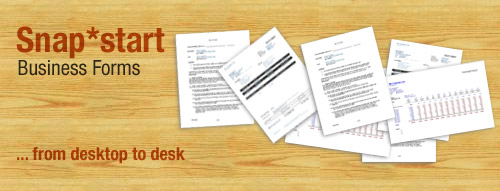
fluffer [fluhf-er] n, slang: An off-stage person hired to keep a male porn star in a state of erection.
~ Dictionary.com
Okay, provocative headlines aside, business is a contact sport. It can get rough. No doubt about it … but, are you doing all the work, yet you’re never the star?
Here’s how you know. If you’re saying one of these 3 things, you’re fluffing:
- “Hey, gotta pay the bills and keep the lights on”.
- “Well, it’s just for now. Until we get rolling”.
- “They’re going to bring us some real opportunities down the road”.
Well, you DO have to pay the bills. You CAN cut a client loose later and there REALLY might be bigger opportunities with that customer down the road.

